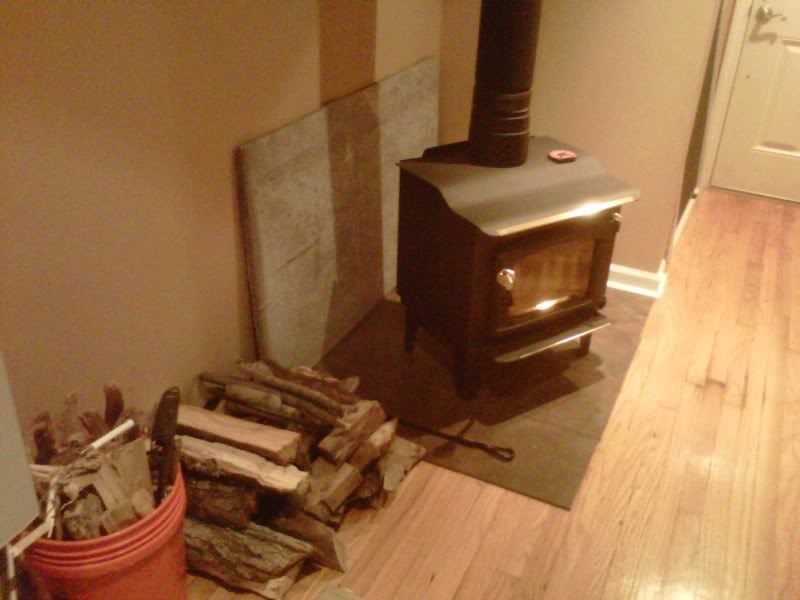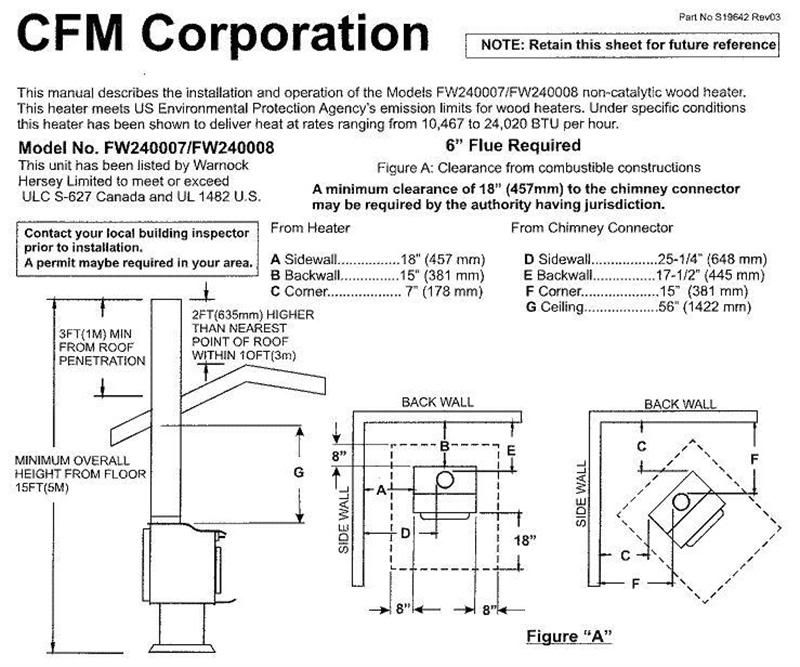Cambium
ArboristSite Guru
I want to install tiles around the stove so I dont have to worry about the sheetrock anymore. Its 16 inches away and I had no problems for past 2 years but I want my mind at ease.
So... the floor tiles are just laying there. My theory is, if I have to move the stove to another room or sell home, I just can remove everything.
A. Install tiles on board and just lay it there as it is now.
B. Screw board to wall, install tiles
C. put 1x1 strips on wall, install board, install tiles.
Here's my question...Which is more of a fire hazard, the strips allowing air between wall and tiles, or tiles to the wall keeping the heat smothered?

So... the floor tiles are just laying there. My theory is, if I have to move the stove to another room or sell home, I just can remove everything.
A. Install tiles on board and just lay it there as it is now.
B. Screw board to wall, install tiles
C. put 1x1 strips on wall, install board, install tiles.
Here's my question...Which is more of a fire hazard, the strips allowing air between wall and tiles, or tiles to the wall keeping the heat smothered?






